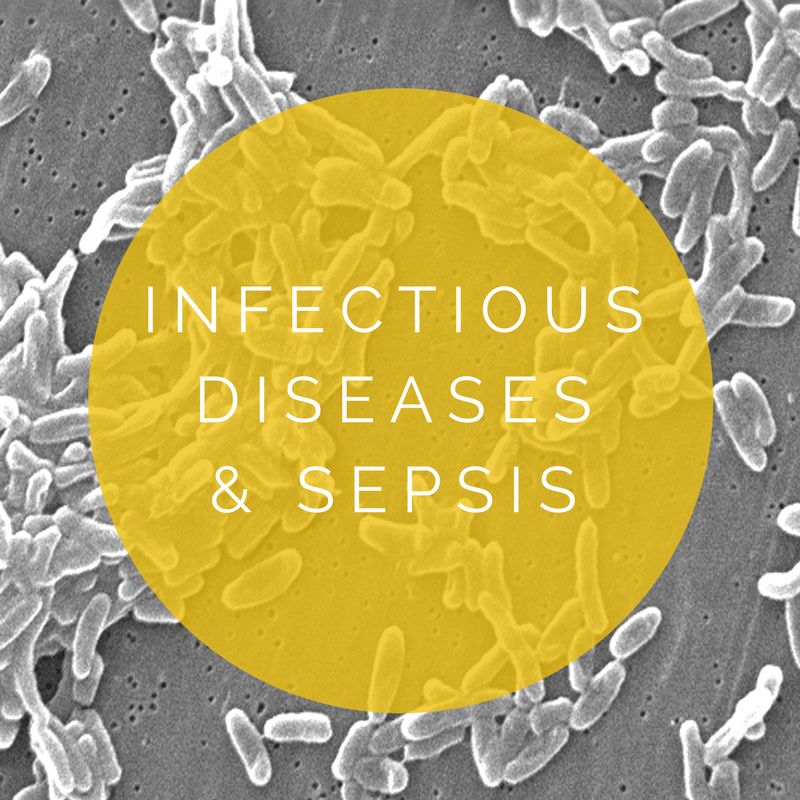Paediatrics
Aims For The Week
Discuss brief, resolved, unexplained events (BRUEs) and their significance
Recognise an unwell child
Explain the surgical conditions unique in children
Calculate paediatric emergency drug dosages
Describe common neonatal presentations
Discuss Anaphylaxis and its management in children
Apply the APLS guidelines for resuscitation
Describe the causes of child specific limb pain
Recognise signs of non-accidental injury
Differentiate between benign and serious causes of rashes
The Unwell Child
We should become familiar with paediatric presentations and their management. To get started lets consider how to recognise the unwell child. The ‘Spotting The Sick Child’ website has been overhauled and once registered, you can access over 6 hours of content to aid in assessment of the acutely unwell child, with clinical footage and evidence base.
Of course, the most unwell children will be brought to ED in cardiac arrest. I suspect some of you will be unfamiliar with the resuscitation of children despite knowing adult resuscitation by heart, so you might want to review this resource outlining the APLS algorithm.
The same can probably be said of other emergency presentations such as anaphylaxis. You may know the adult doses, but do you know the doses for children with anaphylaxis?
Infants sometimes present following short-lived episodes of respiratory compromise or colour change that are alarming to their parents. You may be unaware of their significance as the child usually looks perfectly healthy when they arrive in ED! Read more about these brief, resolved, unexplained events to ensure you don’t miss a significant presentation.
Safe management of children includes safe transfer. Have a look at the transfer traffic lights.
Rashes
Rashes are common presentations to ED. Almost every illness seems to cause rashes in children and differentiating between the causes can be daunting! At a basic level the main goal is to be able to differentiate the serious rashes, such as that of meningococcal sepsis, from the benign causes which are usually viral exanthems. These resources provide an overview on common or classic childhood rashes.
The Acute Abdomen
Many of the causes of abdominal pain or vomiting, such as appendicitis or gastroenteritis, are similar in adults and children. There are a few child-specific surgical presentations that you should be familiar with however.
Headache
Headache in children is usually benign, but warrants thorough history and assessment, as headache can be a sign of something more serious such as meningitis.
Orthopaedics
Orthopaedics is another surgical speciality that has its own child-specific presentations. These Salter-Harris and CRITOL resources will give you a bit more information.
Neonates
The neonatal stage of life is a vulnerable one these babies can become unwell quickly. Have a quick look at this resource for information on some common presentations: feeding problems and sepsis, and neonatal conjuctivitis and ophthalmoplegias.
NAI
And, finally, we always need to consider the possibility of non-accidental injury. To refresh your knowledge on this area review this NAI resource and become familiar with the under 1s proforma, which should be completed for every child <1 year old presenting with an injury.
Mental illness is on the increase among children, and occasionally they present with self harm and poisoning.
Resources:
The GGC paediatrics app contains loads of useful guidelines on assessing and treating children, including printable information sheets about common self-limiting illnesses.





















